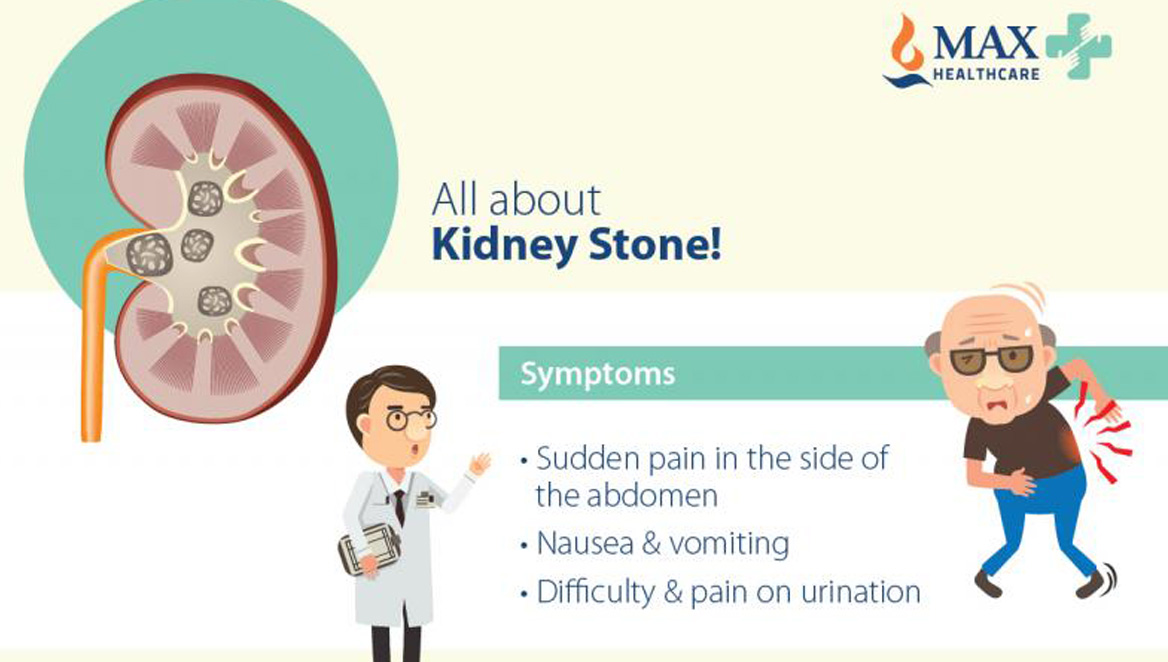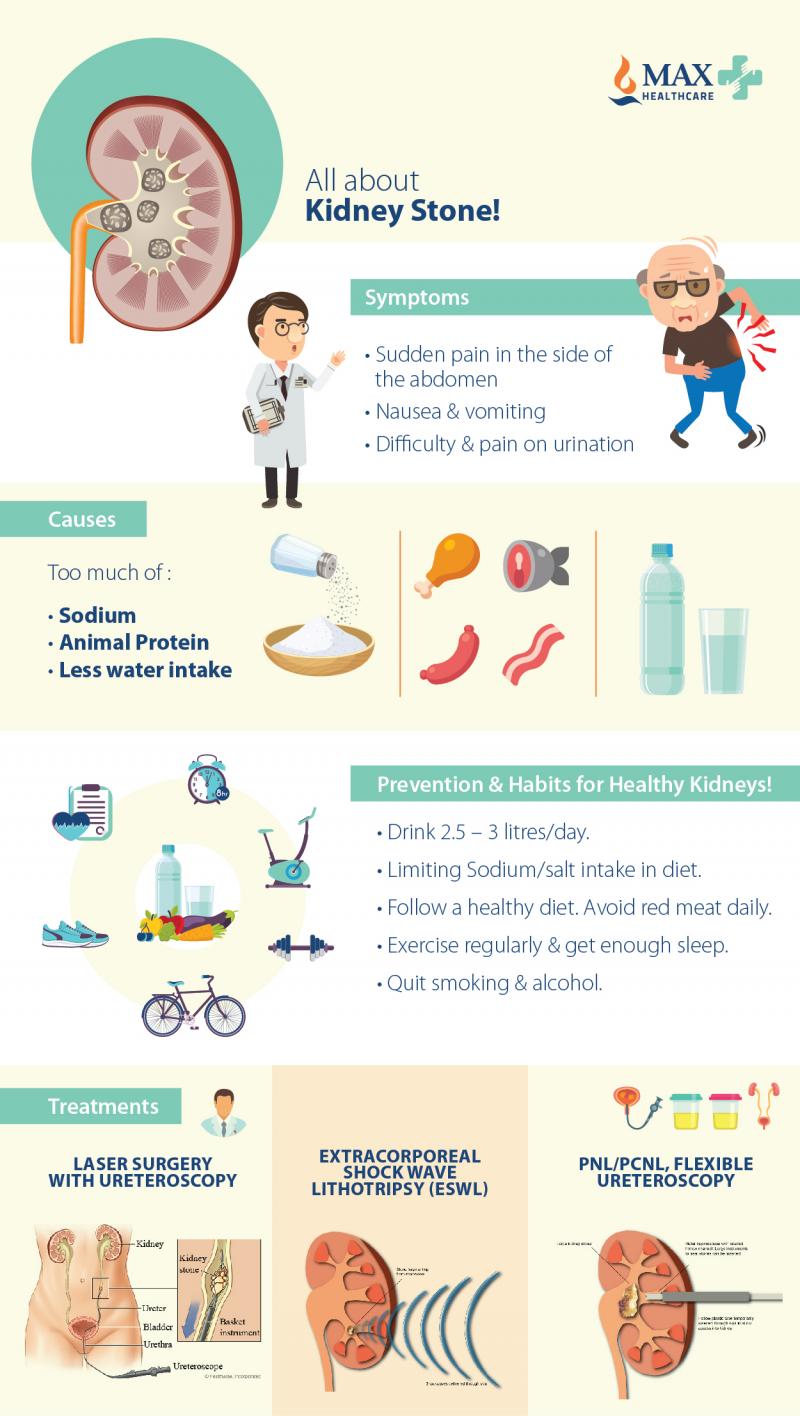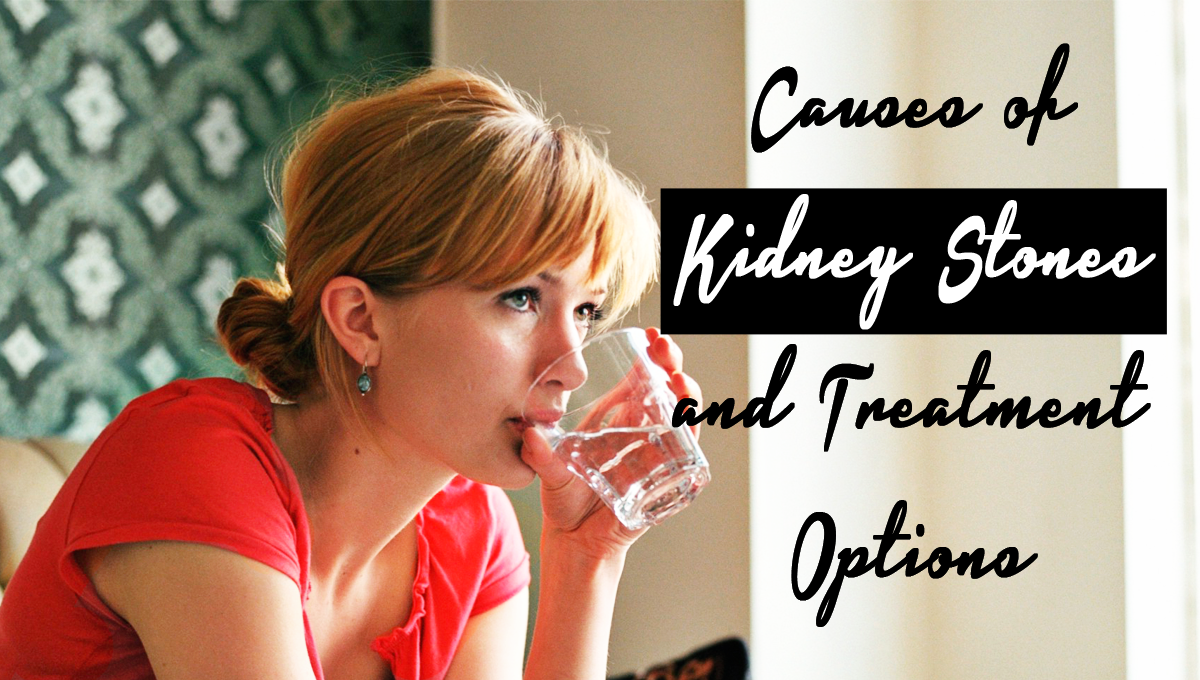Passing a kidney stone is an agonizing and traumatic experience. It’s something you wouldn’t wish for anyone, even your worst enemy. And you will want to do anything to avoid going through the ordeal again. Sadly, kidney stones are bound to recur in about 50 percent of people who have had them, often within 10-15 years if preventive measures are not taken. They occur more frequently in men than women and may lead to serious complications if not dealt with promptly, effectively and appropriately.
Triggers of kidney stones?
Kidney stones typically develop when the concentration of certain substances such as oxalate, uric acid and calcium are high enough in urine to form crystals. Once crystals are formed in the kidneys, they grow larger and solidify into “stones.” Most kidney stones (about 80-85 percent) are made of calcium while the others are uric acid stones occurring in people whose urine PH level is low.
Symptoms of kidney stones
Once they are formed, kidney stones can dislodge and move down the ureter, obstructing urine flow. As a stone moves through the ureter, it causes periods of severe, excruciating pain, including pain in the flank — pain occurring on one side of your body between the back and the stomach. In some cases, there may be nausea, vomiting and blood in urine. When the stones move beyond the ureter and toward the bladder, they are usually accompanied by bladder pressure, groin pain and frequent urination. If you have any of these symptoms, check with your primary care physician for help. The doctor most likely will do a urinalysis and an abdominal X-ray, renal ultrasound or CT scan to ascertain whether you have kidney stones and determine their number and size.
Allowing kidney stones to pass
It usually takes many weeks to a few months for kidney stones to pass spontaneously. The length of time to pass a stone depends on its size and location. As you wait for the stone to pass, you can use over-the-counter painkillers, such as acetaminophen (Tylenol), naproxen (Aleve) or ibuprofen (Motrin IB or Advil) to reduce the discomfort. Your doctor may prescribe an alpha blocker to help relax your ureter muscles and ensure the stone passes faster and with minimal pain.
For kidney stones that are too big to pass or are accompanied by very severe pain, surgical removal may be necessary. Your doctor may undertake a procedure called ureteroscopy, where a tiny endoscope (a device fitted with a small video camera and various tools fixed at the end of a long tube) is inserted into the bladder, then up the ureter to reach the stone. This is done while you’re under general anesthesia. Once the stone is reached, it’s broken down into smaller fragments and removed.
How can you prevent kidney stones?
Kidney stones are common and often recur in people who have had them. That’s why you should take the necessary steps to prevent them from forming. Some of the strategies to prevent kidney stones include:
1. Drink enough water: If you can produce 2 to 2.5 liters of urine every day, then you’re 50 percent less likely to have kidney stones than a person who produces less urine. To help you maintain such a level of urine production every day, you should drink about 8-10, eight-ounce glasses (roughly 2 liters total) of water every day.
2. Avoid high-oxalate foods: It is okay to eat foods with moderate to low quantities of oxalate, such as berries and chocolate. But you should avoid high-oxalate foods like almonds, beets and spinach, which will raise oxalate levels in your body.
3. Keep sodium in check: A diet with a lot of sodium can cause kidney stones because it increases the quantity of calcium that’s present in urine. Limit your total daily sodium intake to below 2,300 milligrams (mg). If you have had a previous incident of kidney stones due to the amount of sodium in your diet, then you need to reduce your daily sodium intake to about 1,500mg.
4. Take some lemons: Lemons provide citrate, a citric acid salt, which binds to calcium and prevents kidney stone formation. If you drink a cup of lemon juice concentrate that’s diluted in water each day, or just pure juice from two lemons, you will boost your urine citrate and reduce your risk of kidney stone.
5. Reduce your consumption of animal protein: If you’re prone to kidney stones, you should reduce your intake of animal proteins. Eating too much of eggs, meat and seafood, among other animal proteins, increases uric acid levels in the body and promotes the formation of stones. While you don’t have to avoid proteins altogether, you can opt for plant-based proteins instead.
Kidney stones are a painful and distressing condition that’s better prevented than treated. That’s why at St Pete Urology, we not only provide a variety of safe and effective kidney remedies, but also offer information to our patients so they can take action to prevent the stones from occurring. For those with stones, we offer extracorporeal shock-wave lithotripsy, ureteroscopy with either holmium or EHL Laser, ureteral stent and percutaneous nephrolithotomy, among other remedies. Don’t suffer in silence. If you suspect you have kidney stones, contact us so we can help you. For more information on the prevention, diagnosis and treatment of kidney stones, visit the “St Pete Urology” site.




